What is Ponvory (ponesimod) for?
Ponvory (ponesimod) is a sphingosine 1-phosphate (S1P1) receptor modulator indicated to treat adults with relapsing forms of multiple sclerosis (MS), to include clinically isolated syndrome, relapsing-remitting disease and active secondary progressive disease.[1]
It is available as a 14-day starter packcontaining 2, 3, 4, 5, 6, 7, 8, 9 and 10 mg tabletes, or as tablets of 20 mg ponesimod.[1]
How does Ponvory (ponesimod) work?
Multiple sclerosis is a disease in which the body’s immune system attacks the protective insulation that covers the nerves, which creates damage to the nerves in the brain and spinal cord. Because of this damage, the brain cannot communicate with the rest of the body anymore.[2]
How ponesimod exerts its therapeutic effects is not fully understood, but it is believed that ponesimod works by trapping immune cells called lymphocytes in the lymph nodes. By doing this, the immune cells are kept out of the blood and out of the central nervous system, where they would otherwise cause damage.[3,4]
Where has Ponvory (ponesimod) been approved?
Ponvory (ponesimod) was approved to treat relapsing forms of multiple sclerosis (MS) in adults with active disease by:
- The Food and Drug Administration (FDA), USA on March 19, 2021.[4]
On March 25, 2021, a branch of the European Medicines Agency (EMA) recommended the approval of this medicine to treat active relapsing MS in adults. This is a scientific recommendation for marketing authorisation, and does not mean that the medicine is approved yet.[5]
Please note that this medicine may have also been approved in other regions than the ones we’ve listed. If you have a question about its approval in a specific country feel free to contact our support team.
How is Ponvory (ponesimod) taken?
Before starting treatment with Ponvory (ponesimod), a medical evaluation should be performed to test for various parameters. You should tell your treating doctor about your medical history and all the medicines you are taking.[1]
The dosage is:[1]
- Start Ponvory (ponesimod) treatment by slowly increasing doses (titrating) over the first 2 weeks with a 14-day starter pack. For the dose schedule, see the official prescribing information. This may reduce the risk of slowing of the heart rate. You will be monitored by a healthcare professional for 4 hours after taking the first dose.
- After dose titration is complete, the recommended maintenance dosage is 20 mg taken orally once daily starting on day 15.
Take Ponvory (ponesimod) orally once daily. Swallow the tablet whole, with or without food.[1]
Do not stop taking Ponvory (ponesimod) without talking with your treating doctor first.[1]
If you miss taking:[1]
- 1, 2, or 3 tablets in a row of the 14-day starter pack, continue treatment by taking the first dose you missed. Take 1 tablet as soon as you remember. Then, take 1 tablet a day to continue with the starter pack dose as planned.
- 4 or more tablets in a row while taking the 14-day starter pack or the 20 mg maintenance dose, you need to restart treatment with a new 14-day starter pack. Do not restart treatment after stopping it for 4 or more days in a row without talking to your treating doctor. If you have certain heart conditions, you may need to be monitored by your treating doctor for at least 4 hours when you take your next dose.
- 1, 2, or 3 tablets in a row while taking the 20 mg maintenance dose, continue treatment with the 20 mg maintenance dose.
Complete information about Ponvory (ponesimod) dosage and administration can be found in the official prescribing information listed in our references section.[1]
Note: Please consult with your treating doctor for personalised dosing.
Are there any known adverse reactions or side effects of Ponvory (ponesimod)?
Common adverse reactions
The most common side effects ( ≥10% of patients) listed in the prescribing information include:[1]
- Upper respiratory tract infection
- Abnormal liver tests (hepatic transaminase elevation)
- High blood pressure (hypertension)
Serious adverse reactions
The serious adverse reactions listed in the prescribing information include:[1]
- Risk of infections
- Heart problems: bradyarrhythmia and atrioventricular conduction delays
- Breathing problems
- Liver injury
- Skin cancer
- Macular edema
- Posterior reversible encephalopathy syndrome (PRES)
- Severe exacerbation of disease, including disease rebound (rare)

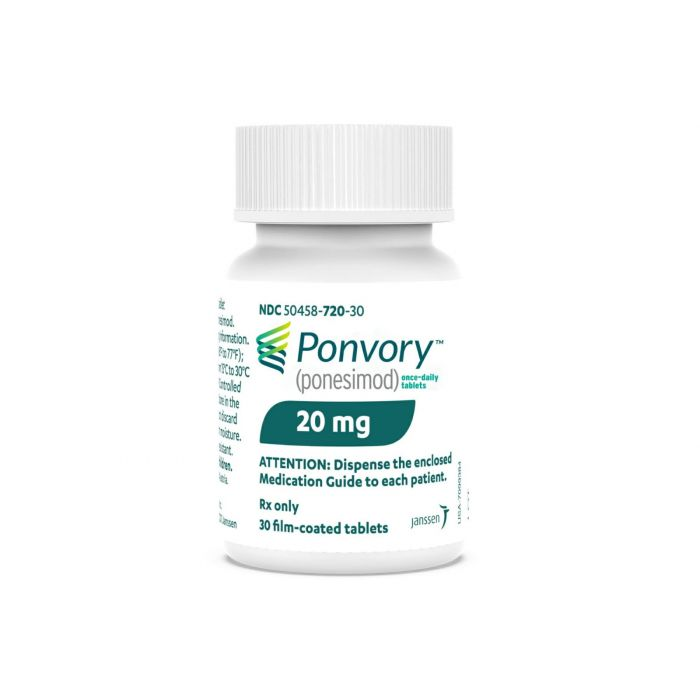

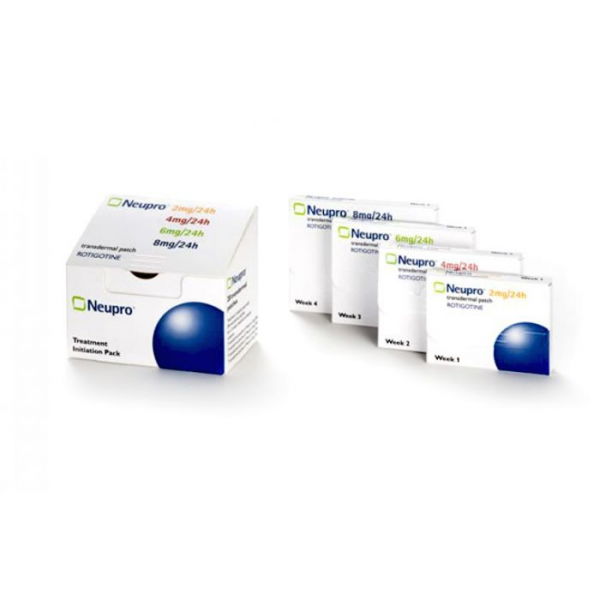
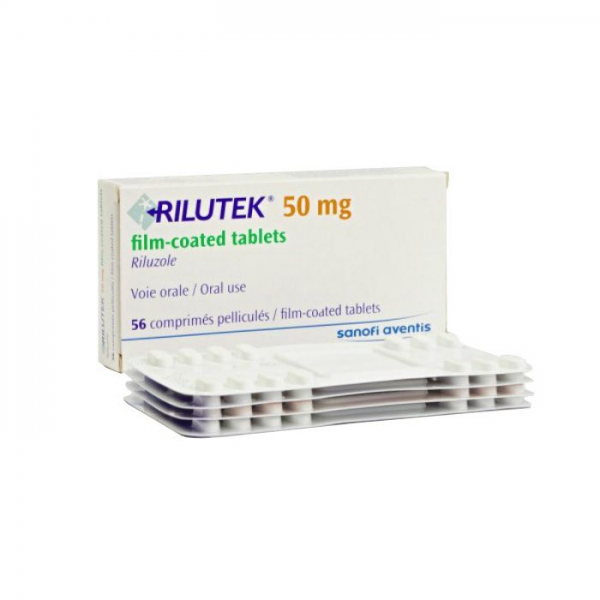
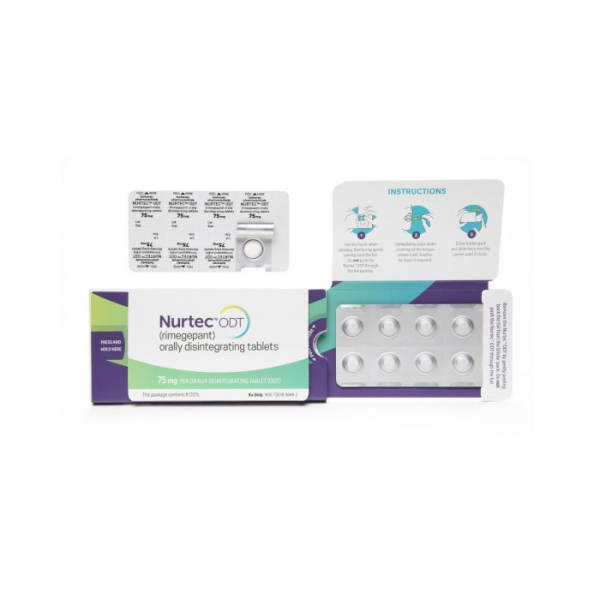
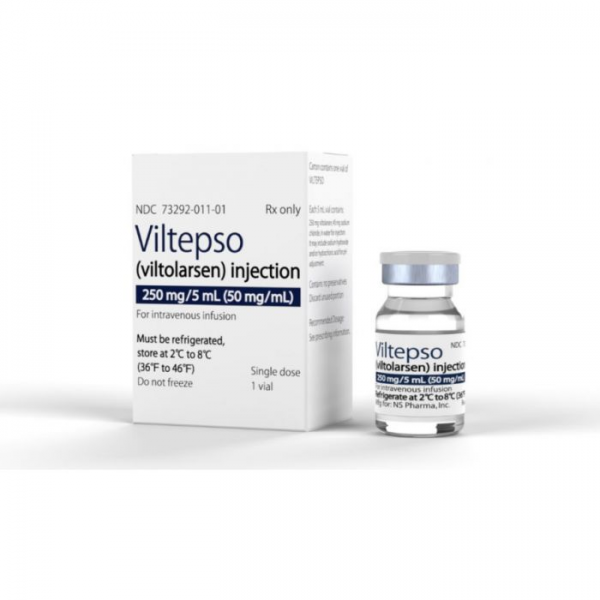


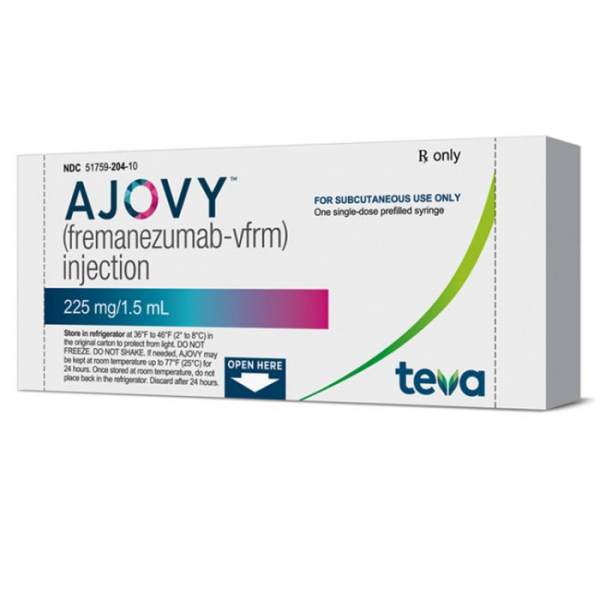
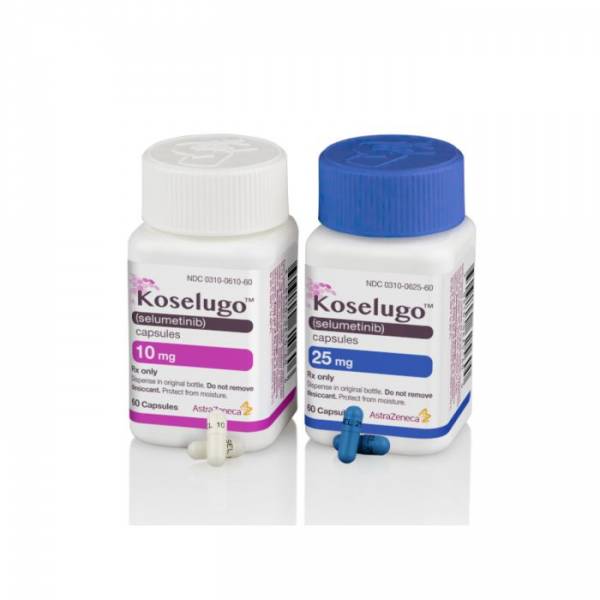
Reviews
There are no reviews yet.